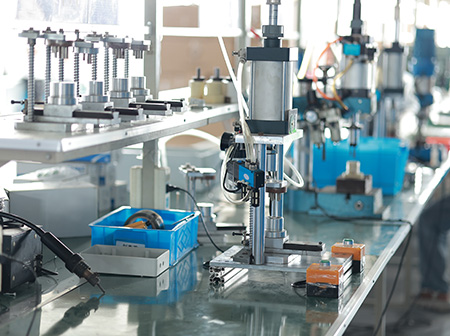Many people wonder if junction boxes are suitable for outdoor use, especially when dealing with outdoor electrical connections like garden lights or outdoor power lines. The answer depends on specific conditions—outdoor use is possible, but it requires choosing the right type and following proper installation and maintenance rules. This article will clarify these key points to help you use them safely outdoors.
Not all junction boxes work outdoors, but those designed for outdoor use can reliably protect electrical connections in open environments. The core lies in meeting three essential requirements:
Outdoor junction boxes must have a high enough ingress protection rating—commonly referred to as IP rating—to resist rain, dust, and other external factors. For most outdoor scenarios, an IP66 rating is ideal. It means the box is fully dust-tight and can withstand powerful water jets from any direction. This level of protection ensures the internal electrical components stay dry and clean, avoiding short circuits or damage.
The material of the junction box directly affects its outdoor durability. High-quality outdoor options often use thick ABS plastic for the main body, paired with a PC transparent cover. ABS plastic is resistant to impact, UV rays, and temperature changes—it won’t crack or fade easily even after long exposure to sunlight or rain. The PC cover adds extra toughness while allowing you to check the internal connections without opening the box, which simplifies maintenance.
Installation plays a critical role in outdoor performance. First, choose a location away from direct water accumulation, like high walls or under eaves. Second, ensure the cable entry points are fully sealed. Any gaps here can let water or dust in, so use appropriate sealing tools to close them tightly. Finally, fix the box firmly to avoid shaking from wind, which could loosen connections over time.

Even with the right junction box, long-term outdoor use needs regular care to maintain performance:
Check the junction box every 3-6 months. Look for signs of damage, such as cracks on the cover or loose seals. If you find any issues, replace the damaged parts immediately. Also, clean the surface of the box to remove dirt or debris. This prevents blockages that might affect heat dissipation or water resistance.
While outdoor junction boxes are designed to handle harsh conditions, prolonged exposure to extreme temperatures—like above 60°C or below -20°C—or corrosive environments—like near the sea with salt spray—can reduce their lifespan. If your installation is in such areas, choose products with enhanced corrosion resistance or add extra protective layers.
In short, Junction Boxes can be used outdoors as long as you select ones with proper IP ratings such as IP66, durable materials like ABS and PC, and follow correct installation and maintenance practices. These steps ensure safe and reliable protection for your outdoor electrical connections.
If you’re looking for Junction Boxes designed for outdoor use, you can visit our product page to explore options that meet these outdoor requirements—each product is crafted to handle the challenges of open-air environments.

